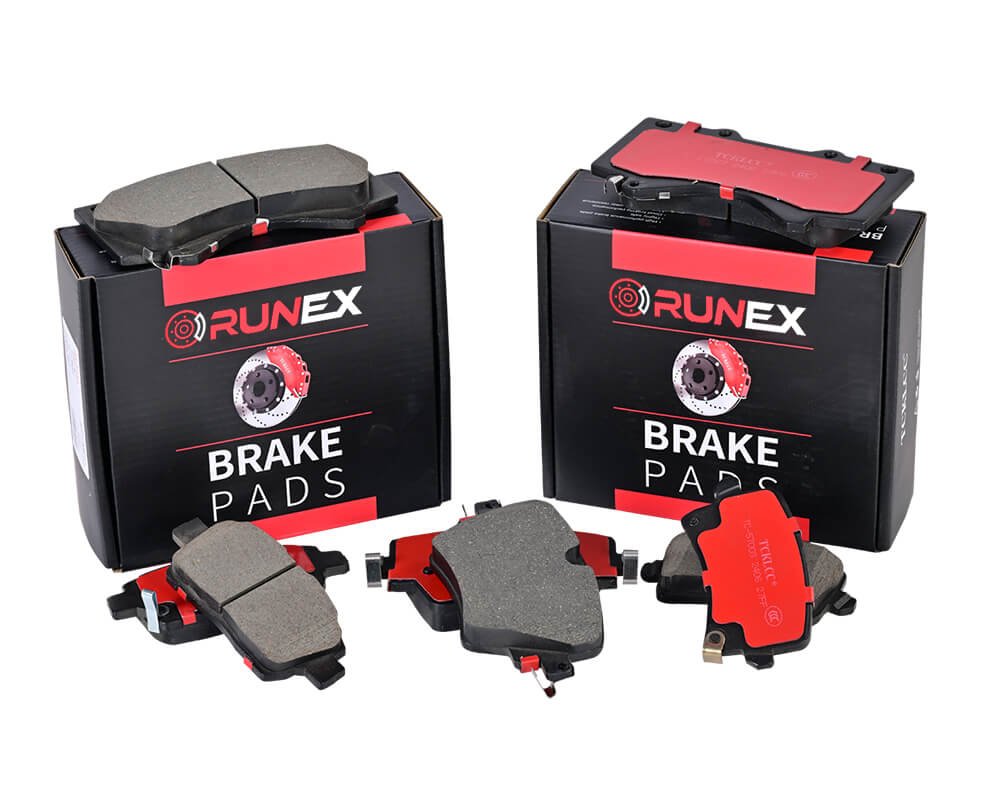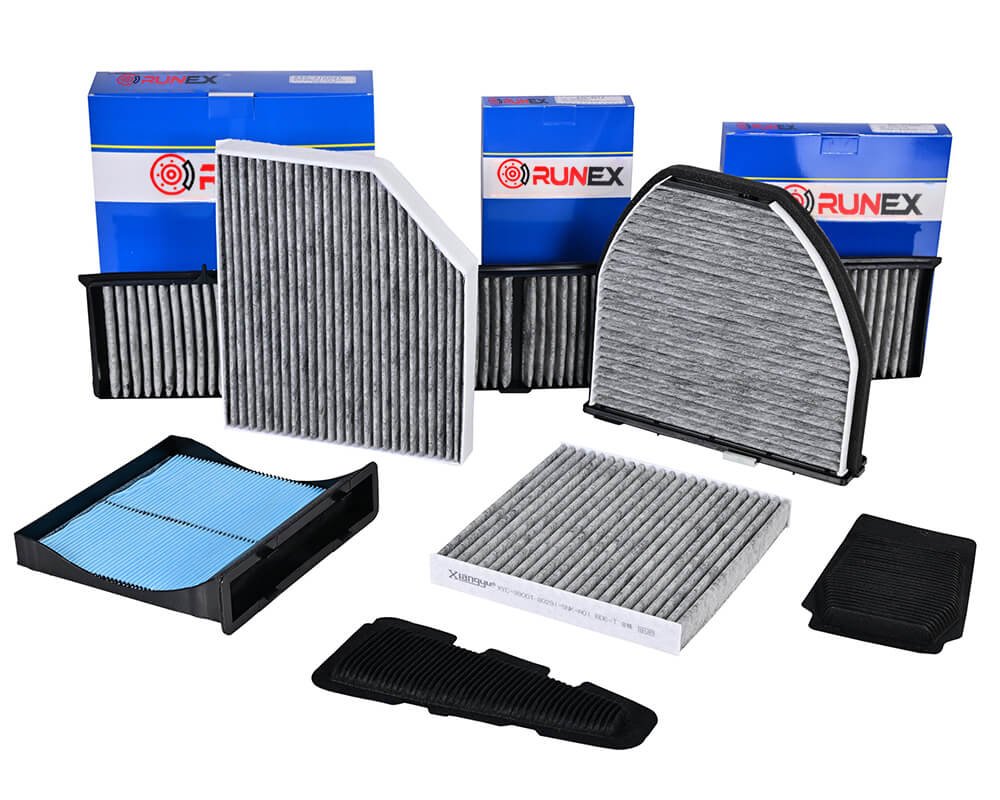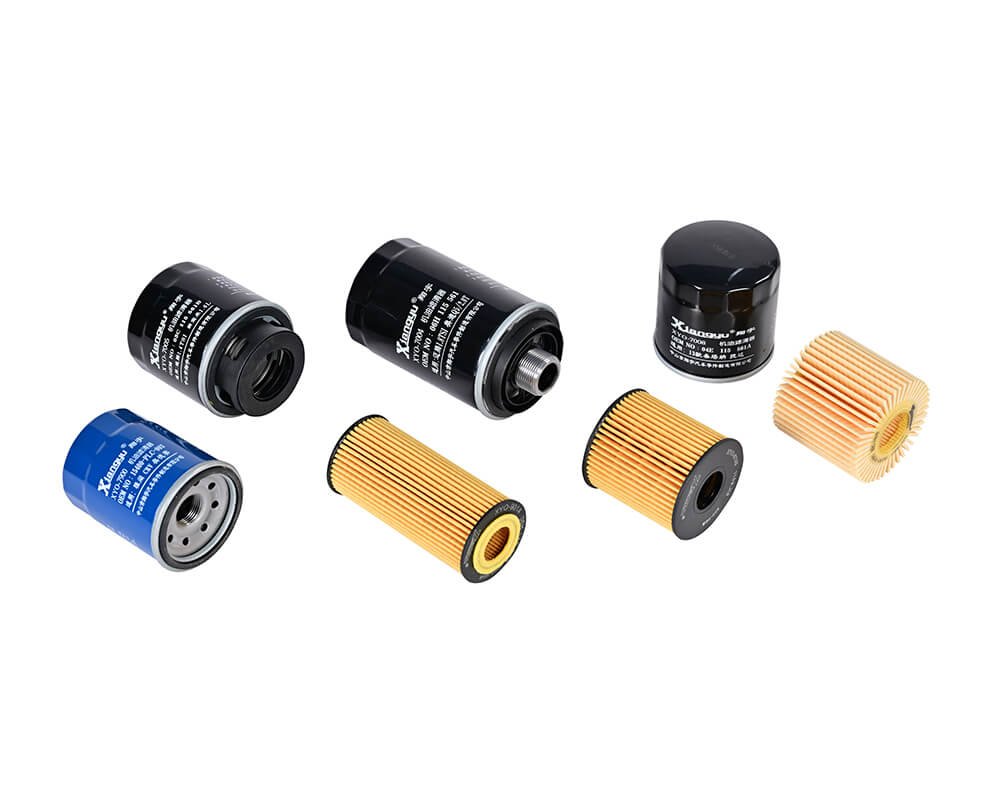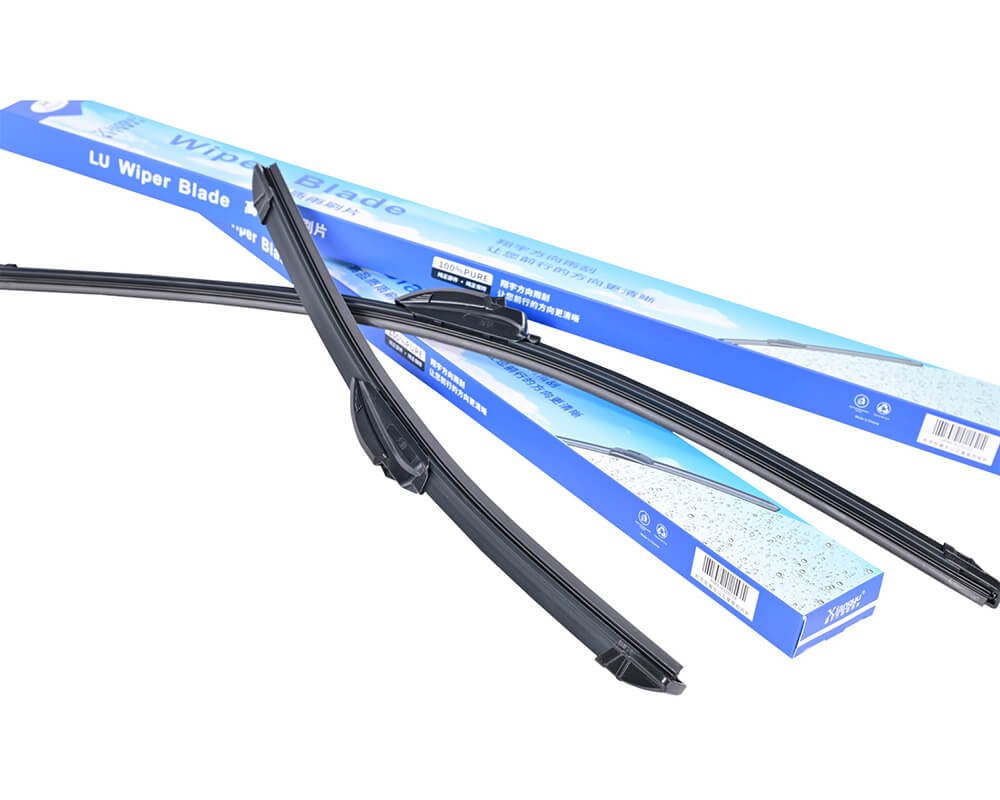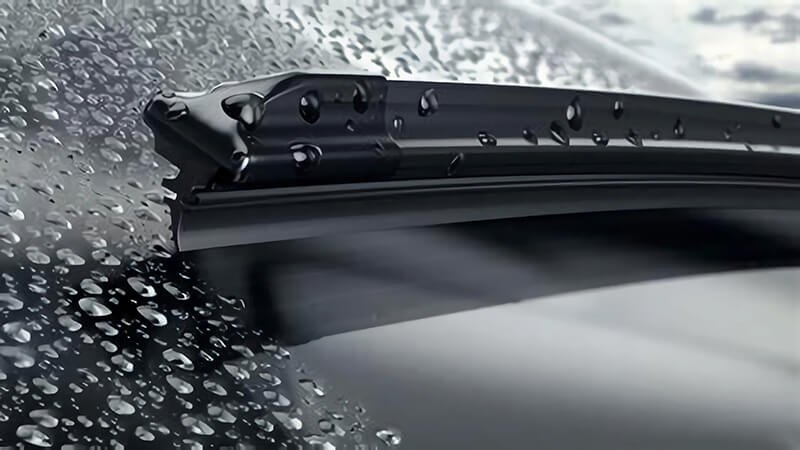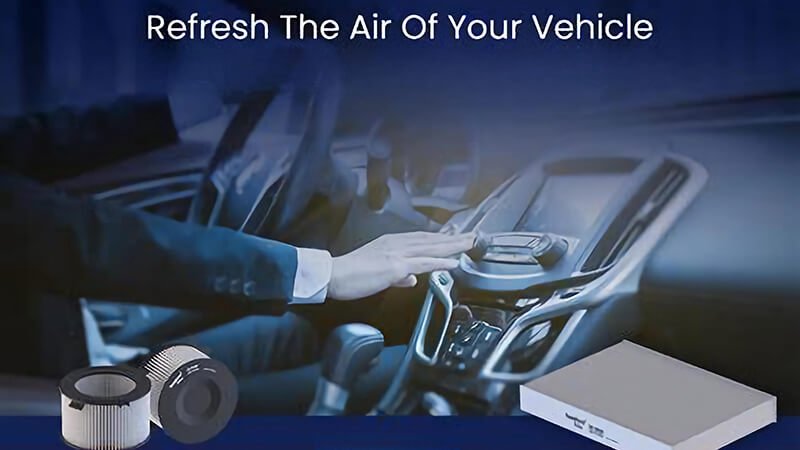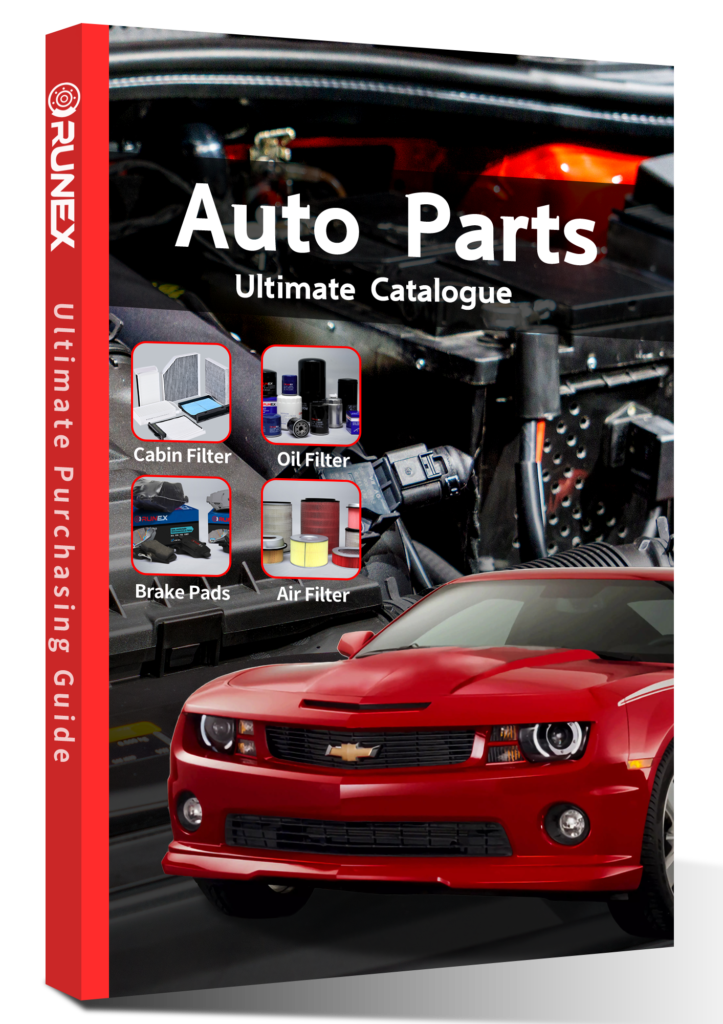As an automotive parts supplier, one of the most common questions I get asked is about the proper gap between brake pads and the rotor. While brake pads play a crucial role in stopping a vehicle, many people don't realize that the small details, like the gap between the pad and rotor, are essential for optimal performance and longevity. So, what is the ideal distance?
Brake pads should be a small distance, around 1-2 mm, from the rotor when not in use. This gap, roughly the thickness of a business card, ensures smooth rotor rotation and prevents unnecessary friction and heat buildup. Understanding this gap is key to maintaining efficient braking performance.
Now that we know the importance of this gap, let’s dive deeper into why it matters, and what happens when brake pads are too close or too far from the rotor.
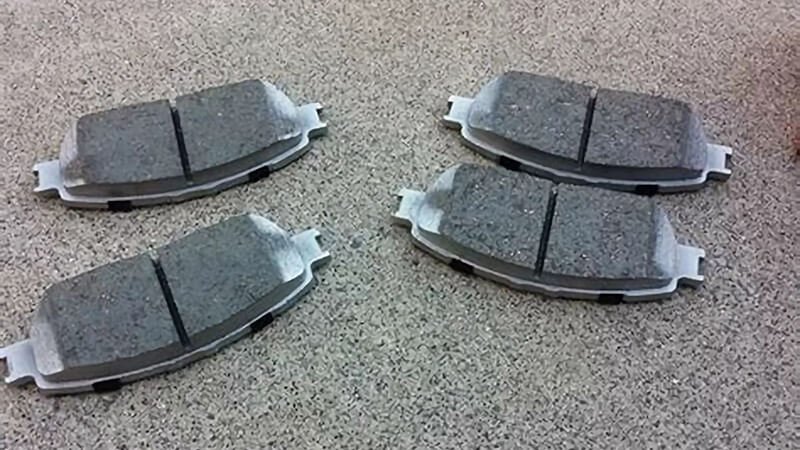
Is there supposed to be a gap between a brake pad and rotor?
It may seem counterintuitive, but yes, there should be a small gap between the brake pads and the rotor when the brakes aren’t in use. This tiny space plays a significant role in reducing unnecessary friction, allowing the rotor to rotate freely without the heat buildup that can cause long-term damage to both the pads and the rotor.
A small gap between the brake pad and rotor is essential. When the brakes are not engaged, this gap allows the rotor to rotate freely without friction, helping to maintain proper heat dissipation and preventing damage. Typically, this gap is around 1-2 mm, similar to the thickness of a business card.
The gap between the brake pads1 and the rotor plays an important role in maintaining the efficiency of the entire braking system. When the brake pads are too close to the rotor, even when the brakes are not applied, friction will constantly occur, generating unnecessary heat. This heat buildup not only reduces the efficiency of the brake pads but can also cause them to wear out faster. Additionally, excessive heat can lead to warping or damage to the rotor itself, further compromising braking performance.
To understand the importance of the gap, consider the effect of excessive heat2 on the materials involved. Brake pads, especially those made from organic materials, can begin to degrade and become less effective at dissipating heat if they are in constant contact with the rotor. Similarly, the rotor can become uneven due to the heat and pressure from constant friction, leading to vibrations or less efficient braking. This is why ensuring a small gap is critical.
However, if the gap is too wide, the brake pads may not provide optimal braking power, especially in urgent braking situations. The pads would need to travel further to make contact with the rotor, reducing the braking efficiency and resulting in longer stopping distances.
| Gap Size | Impact | Consequences |
|---|---|---|
| 1-2 mm | Optimal for performance and heat dissipation | Smooth rotor rotation, no heat buildup |
| Too close | Excessive friction when brakes aren’t engaged | Overheating, premature wear of pads and rotor |
| Too far | Reduced braking efficiency3 | Longer stopping distances, slower response |

Should brake pads touch the rotor?
A common question many people have is whether brake pads should ever touch the rotor. After all, we know that brake pads apply pressure to the rotor to slow the vehicle. But should they be constantly in contact with the rotor?
Brake pads should only touch the rotor when the brakes are applied. Any constant contact between the pads and the rotor will generate unnecessary heat and wear, reducing the lifespan of both components. This is why maintaining a small gap is essential when the brakes are not in use.
Brake pads are designed to press against the rotor only when you apply the brakes. This is how friction is created, allowing the vehicle to slow down or stop. However, if the brake pads are constantly in contact with the rotor, even when the brakes are not engaged, friction will continue to occur. This leads to several issues:
-
Heat Buildup4: Constant friction generates excessive heat. When the heat cannot dissipate properly, it affects the performance of the brake pads and rotor, causing them to wear out much quicker. The increased temperature can also lead to brake fade, a reduction in braking performance due to overheating.
-
Premature Wear5: Continuous contact leads to unnecessary wear on both the brake pads and the rotor. The pads will degrade faster, and the rotor may develop grooves or warping, requiring costly repairs or replacements. For example, rotor grooves can cause uneven pad wear, leading to a less effective braking system.
-
Reduced Efficiency6: Constant contact with the rotor reduces the braking efficiency. When you apply the brakes, the pads will have less material to work with, resulting in a longer stopping distance and decreased performance. A lack of proper heat dissipation also means that the braking system will not perform optimally, even under normal driving conditions.
This is why the ideal setup is to have a small gap, usually around 1-2 mm, between the brake pads and the rotor when the brakes are not applied. It ensures that the pads only touch the rotor when necessary, allowing for efficient braking without unnecessary wear.
| Issue | Cause of Problem | Solution |
|---|---|---|
| Heat buildup | Constant friction between pads and rotor | Maintain gap to reduce friction |
| Premature wear of pads | Continuous contact leads to excess wear | Ensure proper clearance for pads |
| Reduced braking efficiency | Overheating reduces performance | Maintain optimal brake pad-rotor gap |

What is the ideal braking ratio?
When it comes to braking, there’s a fine balance between stopping power and smooth operation. The braking ratio—how much force the brake pads apply to the rotor—is an essential factor in ensuring both safety and efficiency. But what is the ideal braking ratio, and how can you achieve it?
The ideal braking ratio depends on the vehicle type and driving conditions. Generally, a well-balanced ratio ensures that the brake pads apply the right amount of pressure to the rotor, providing effective stopping power without causing excessive wear or heat buildup.
The braking ratio refers to the amount of force that the brake pads apply to the rotor in order to slow or stop the vehicle. A properly balanced braking ratio ensures that the pads exert enough pressure to stop the vehicle effectively while minimizing wear and heat buildup.
Several factors determine the ideal braking ratio7, including vehicle weight, driving conditions, and the type of braking system in place. For instance, a heavier vehicle will require a higher braking ratio to achieve the same stopping power as a lighter vehicle. Additionally, vehicles driven in urban areas with frequent stops will need a different braking setup than those driven on highways or in off-road conditions.
It’s also important to consider the material composition of the brake pads. Organic brake pads8, for instance, are more prone to wear at higher temperatures, meaning they require a more balanced braking ratio to avoid excessive heat buildup. Conversely, ceramic pads can handle more heat and may benefit from a slightly higher braking ratio in certain conditions.
Furthermore, modern braking systems like anti-lock braking systems (ABS)9 or brake force distribution (EBD) help regulate the braking force across different wheels to prevent overbraking and ensure maximum safety. These systems are designed to adjust the braking force automatically to maintain stability and avoid excessive wear on any part of the braking system.
| Vehicle Type | Braking Ratio Consideration | Ideal Adjustment |
|---|---|---|
| Heavy Vehicles | Requires more braking force | Higher ratio for effective stopping |
| Light Vehicles | Less braking force needed | Balanced ratio for smooth operation |
| High-Speed Driving | Needs higher braking power for safety | Adjusted to handle high speeds safely |
| Urban Driving | Frequent stops require more controlled braking | Lower ratio to prevent wear from repeated braking |

How close should brake pads be to the rim?
The proximity of the brake pads to the rim is an important factor in ensuring the brake system works as intended. But how close should the pads be? Is it the same for all vehicles?
The brake pads should be close enough to the rim to engage effectively but not too close to cause friction when the brakes are not applied. The ideal gap ensures smooth rotor rotation while providing sufficient stopping power when needed.
The distance between the brake pads10 and the rim is influenced by the type of braking system in use. For traditional disc brakes, the brake pads should be positioned near enough to the rotor to create friction when the brakes are applied, but far enough to prevent constant contact when not engaged. The same principle applies to the rim of the wheel for rim brakes, ensuring that the pads do not touch the rim unless the brakes are engaged.
In the case of disc brakes11, the pads should ideally be about 1-2 mm away from the rotor when the brakes aren’t engaged. This allows for free rotation without friction, while still being close enough to the rotor to provide effective stopping power when needed. On the other hand, for rim brakes12, the brake pads should be positioned with just enough clearance from the rim to avoid constant drag, but also close enough to ensure that the pads can grab the rim effectively when the brakes are applied.
The key is maintaining this balance. If the brake pads are too close to the rotor or rim, they will create unnecessary friction and wear. If they are too far, braking power will be reduced, and stopping distances may increase.
| Braking System | Ideal Gap to Rim or Rotor | Effect on Performance |
|---|---|---|
| Disc Brakes | 1-2 mm gap | Smooth rotation, effective braking |
| Rim Brakes | Slight gap from rim | Prevents drag, ensures braking power |
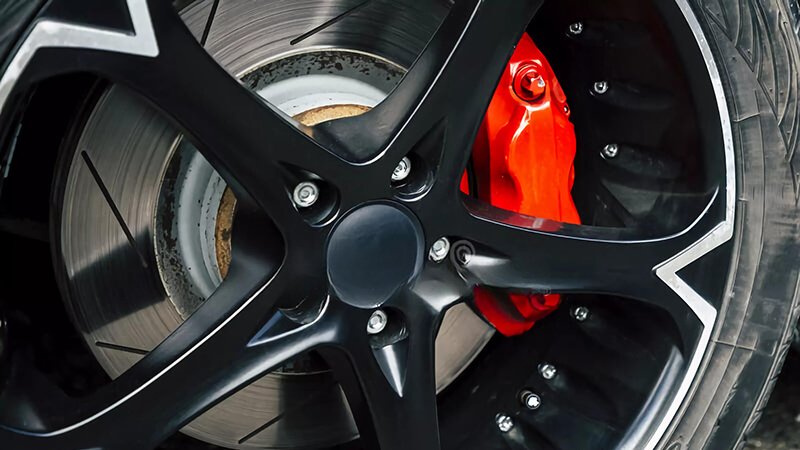
Conclusion
In conclusion, maintaining the proper gap between brake pads and the rotor 13 is vital for both performance and longevity. A small gap of about 1-2 mm ensures smooth rotation of the rotor and prevents unnecessary friction and heat buildup. Whether it’s the ideal braking ratio, the importance of consistent contact, or the positioning of the pads, understanding these small details ensures optimal braking performance and safety.
-
Explore this resource to learn how to extend the life of your brake pads and ensure optimal braking performance. ↩
-
Understanding the impact of excessive heat on brakes can help you prevent costly repairs and improve safety. ↩
-
Discover the key factors that affect braking efficiency to enhance your vehicle's safety and performance. ↩
-
Understanding heat buildup in brake systems can help you prevent premature wear and improve safety. ↩
-
Learn effective strategies to extend the life of your brake pads and save on costly repairs. ↩
-
Explore the factors affecting braking efficiency to ensure your vehicle performs optimally and safely. ↩
-
Understanding braking ratio is crucial for vehicle safety and performance. Explore this link to learn more about its significance. ↩
-
Different brake pads can significantly impact your vehicle's braking efficiency. Discover how to choose the right one for your needs. ↩
-
ABS enhances vehicle safety by preventing wheel lock-up during braking. Learn more about its advantages and functionality. ↩
-
Understanding the correct positioning of brake pads is crucial for optimal braking performance and safety. Explore this resource for expert insights. ↩
-
Learn about the mechanics and benefits of disc brakes to enhance your knowledge of braking systems and improve your vehicle's performance. ↩
-
Discover the key differences between rim and disc brakes to make informed decisions about your bike or vehicle's braking system. ↩
-
Runex has different kinds of brake pads, clickinng this link to get your best products. ↩



